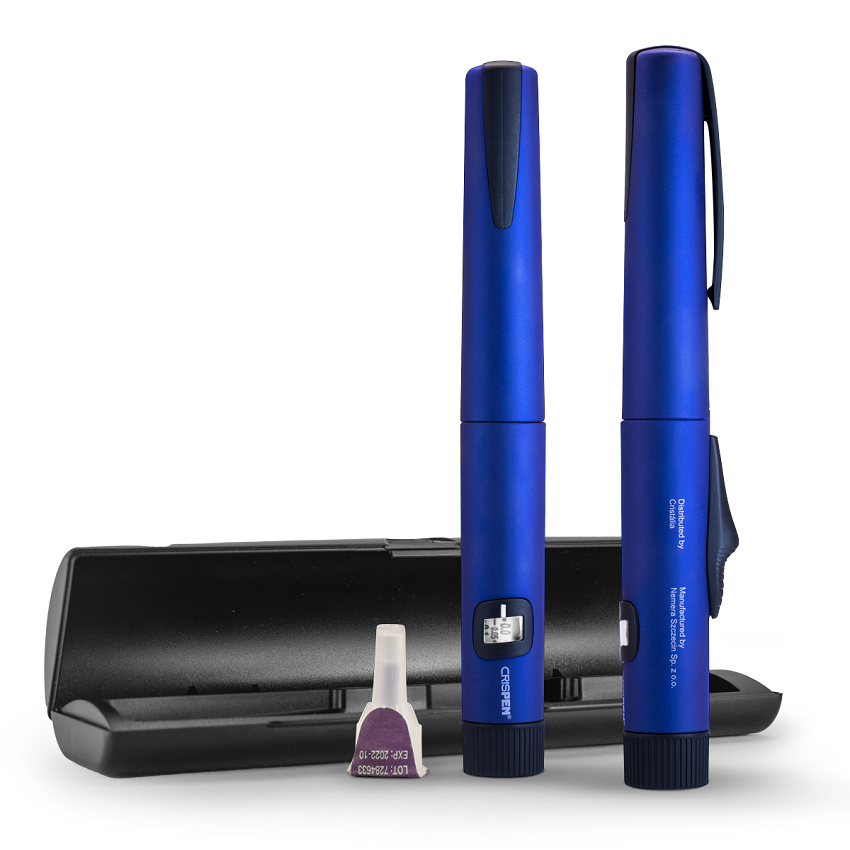Unidose and “from nose to brain”: the pathways to intranasal for Nemera
23/05/2024

Raphaële Audibert explains how the nasal route now represents a gateway for administering treatments for numerous pathologies.
What are the current market trends for nasal delivery devices
Considering intranasal multidose sprays, which are among the oldest devices to have appeared over the past decades and which mainly concern topical treatments for local use, this is a market that still represents a great deal of activity for all existing treatments, but which has now reached maturity. It mainly concerns the ENT sphere – rhinitis, sinusitis, colds… – to treat a local pathology. Outside of ENT sphere targeting, the intranasal route is now being explored as a gateway to the entire human organism to reach other targets. The nasal mucosa is thus used to target the bloodstream for systemic treatments. A strong dy-namic is being observed over the past years on this segment with a lot of new product launches. Numerous product repositionings are in development, either to offer a new route of administration for the same therapeutic indication, or by repositioning existing molecules for other therapeutic indications to administer them nasally. The majority of current systemic developments and few treatments already on the market are concentrated on single dose delivery system. Two other areas of innovation are observed, nasal vaccination and also what is known as “direct nose-to-brain” administration, which seeks to reach the brain and the central nervous system via the nasal route.
What pathologies are targeted by this new use of the nasal route?
The systemic use of the nasal route is of particular interest for crisis or emergency treatments using single-dose delivery systems. For example, one of the uses of intranasal single-dose devices today are the treatment of opioid overdoses in the USA. The treatment of migraine has also been concerned for se-veral years, and in March 2023 Pfizer received marketing authorization from the US Food and Drug Administration for a new molecule, different from triptans, which are not always tolerated by all patients. The treatment of anaphylactic shock via the nasal route is also in deve-lopment. Today, it is mainly administered by injection using an auto-injector, but the idea of injecting a drug to their child-ren can sometimes afraid the parents. In research and development, nose-to-brain administration is also much talked about. It’s an approach which targets a very deep and narrow area of the nasal cavity called the olfactory cleft. This area contains the olfactory nerves, which are directly connected to the brain and could be used as a vector to reach the brain. In particular, there is considerable interest in this route of administration in the search for treatments for Alzheimer’s and Parkinson’s disease, depression, migraine and many others.
What intranasal technologies does Nemera offer?
Nemera’s aim is to cover all the segments of interest in the nasal route. For products targeting the ENT sphere or for systemic treatment that need to be taken in the long run we have a large range of multidose pumps (with different doses and actuators). More recently, we also offer our UniSpray device, which administers a single dose of treatment. It is best suited for emergency treatments to save patients’ life and during crises. We also offer a device for nose to brain administration and another one for nasal vaccination.
What technical expertise is required for these different devices?
In the case of multi-dose pumps, for which we have decades of expertise, one of the know-how is to develop a spray answering precise criteria and to ensure spray performance repeatability over time on large production runs. For single-dose systems, in addition to answering the same kind of spray performance reliability criteria are added to prove that the system is activated during use, which is all the more crucial when it comes to emergency treatments. Some of these treatments are life-saving, so we have to provide the elements needed to prove that UniSpray is reliable in use. This adds a new level of complexity compared with multi-dose pumps.
Are there any other require-ments, such as droplet size?
That’s one of the requirements a spray needs to answer. The spray must always have a controlled particle size
“Droplet Size Distribution” but also specifc spray angles “spray plume” or spray shape “spray pattern” which are defned and controlled. In “direct nose-to-brain” delivery project, the aim is to bring the Formulation to the olFactory zone while limiting the quantity delivered to the mucous membrane and thereore the bloodstream. We hence developed an appropriate delivery system (a jet) to obtain this.
To read the full article: the-pharmaceutical-post-18
About Nemera
As a world-leading drug delivery device solutions provider, our purpose of putting patients first enables us to design and manufacture devices that maximize treatment efficacy.
We are a holistic partner and help our customers succeed in the sprint to market of their combination products. From early device strategy to state-of-the-art manufacturing, we’re committed to the highest quality standards.
Agile and open-minded, we work with our customers as colleagues. Together, we go the extra mile to fulfil our mission.


